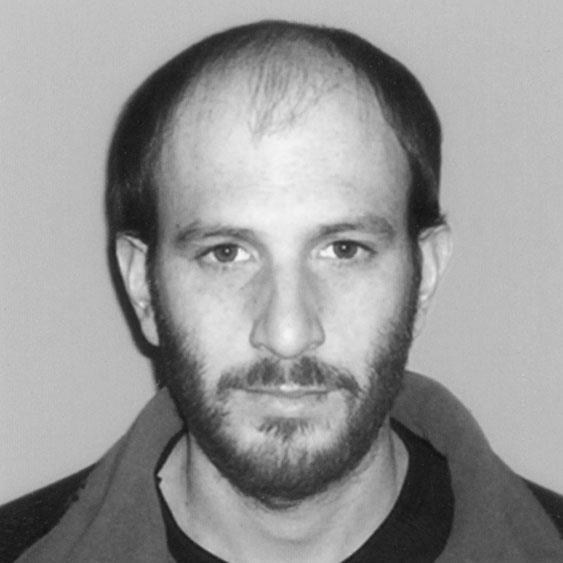Nicolas Frankel, Ph.D.

- Title
- Group Leader
- Department
- Department of Ecology, Genetics and Evolution
- Institution
- University of Buenos Aires
- Address
-
Pabellón II Ciudad Universitaria
Intendente Güiraldes 2160 - City, ZIP
- Buenos Aires, C1428EGA
- Country
- Argentina
- [email protected]
- Research field
- Evolutionary biology
- Award year
- 2008
- Country of origin
- Argentina
- Mentor name
- David L. Stern, Ph.D.
Research
One major goal of evolutionary biology is to determine the number and type of genetic changes that give rise to phenotypic differences between species. In many cases, morphological differences appear to have resulted from modifications in gene expression, caused by changes in cis-regulatory regions of genes. Nevertheless, we lack a precise description of the number and type of molecular events that underlie cis-regulatory evolution.
Differences in larval trichome patterns between Drosophila species offer a genetically tractable model of morphological evolution. In most species of the D.melanogaster subgroup, the dorsal and lateral cuticle displays a lawn of fine hairs (trichomes) in quaternary cells. In D. sechellia these trichomes are replaced by naked cuticle. It has been demonstrated that this morphological change was caused by a modification in the expression pattern of shavenbaby (svb), a gene that encodes a transcription factor whose expression is necessary and sufficient to generate trichomes. In D. melanogaster four different enhancers, located upstream of the svb transcription start site, recapitulate the svb expression pattern in quaternary cells. Conversely, the orthologous regions of all four enhancers from D.sechellia fail to drive strong expression. It has been demonstrated that these changes in D.sechellia are due to modifications in svb cis-regulatory regions, not to trans-acting factors.
Two of the four enhancers, named ‘A’ and ‘Z’, drive overlapping expression in the lateral ectoderm of the embryo. However, ‘Z’ gives stronger and more widespread expression compared to ‘A’. Currently, we are trying to answer the following questions: (1) Are ‘A’ and ‘Z’ both necessary to generate a lateral patch of trichomes in larvae? (2) How many changes in transcription factor binding sites (and nucleotides within these sites) caused the loss of activity in enhancer ‘Z’ of D.sechellia? (3) Do these changes result in the gain of binding sites for transcriptional repressors or the loss of sites for transcriptional activators?